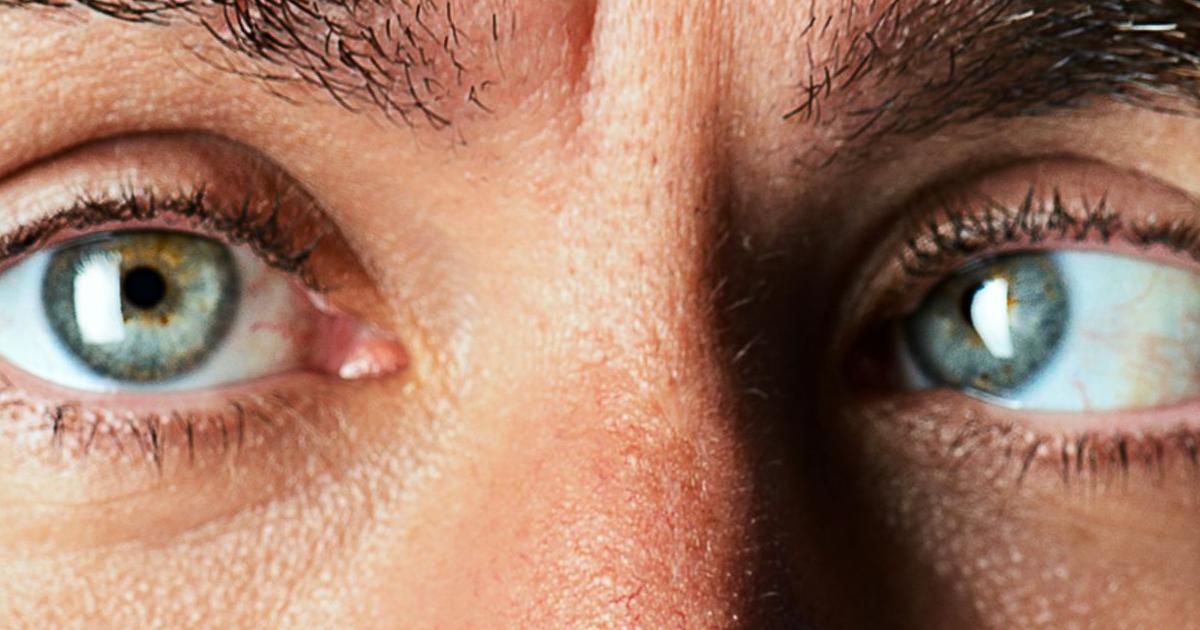What Complications Can Untreated Farsightedness Cause?
Farsightedness, also called hyperopia, is a common refractive error of the eye. This error makes nearby objects blurry and difficult to see, but far away objects clear, though the degree to which this occurs does vary. Farsightedness happens when the individual has a short eyeball, an abnormally shaped cornea, or a deformed lens. A routine eye exam can detect if an individual has farsightedness and what degree of treatment they will need. Treatment in most cases will require corrective eyeglasses, contact lenses, or a corrective surgical procedure. Some individuals may not realize they have farsightedness, causing the condition to go untreated, and become progressively worse with age. Numerous complications can result from untreated farsightedness, some of which can be dangerous.
Strabismus

Strabismus or crossed eyes is a condition where the eyes are not correctly aligned with each other. This means they do not correctly coordinate with each other to look at an object. One eye may turn upward or downward, or one eye may look inward or outward. Crossed eyes can be an intermittent condition that only occurs occasionally, or it can be a constant condition. The type of strabismus that develops as a result of untreated farsightedness is called accommodative esotropia. The focusing system that does not work properly in individuals with farsightedness is closely linked to the system that controls where the eyes are pointing. An individual with untreated farsightedness will focus extra hard to keep the images of what they are looking at clear. Often, this can result in the eyes turning inward toward each other. Symptoms that will manifest in patients with untreated farsightedness resulting in accommodative esotropia include the covering or closing of one eye when focusing on nearby objects, turning or tilting of the head, and seeing double images. Crossed eyes can be treated by corrective lenses, prism lenses, vision therapy, or eye muscle surgery.
Keep reading to learn more about the complications of untreated farsightedness now.
Increased Safety Risk

There are many ways in which untreated farsightedness can pose an increased safety risk. Not only will the patient be a safety risk to themselves, but they will also be a safety risk to others. The most compelling example of this is when an individual who has farsightedness attempts to operate any kind of vehicle. Their inability to see objects within close proximity to them can result in impairment of their perception of how much space is between them and another vehicle, pedestrian, or another object. Additionally, the individual will be straining to read what signs and other signals say, and this can cause distracted driving. Another example of how a patient with farsightedness can be a safety risk is when they are using a hot appliance such as a stove, oven, or a grill. They may not be able to see exactly what they are touching when these appliances are very hot. As a result, the individual can burn themselves, or they could knock a hot object off of the appliance and burn someone else. These are just a few examples, however, as there are thousands of ways in which an individual's untreated farsightedness can result in harm to themselves and others around them.
Discover more complications of untreated farsightedness now.
